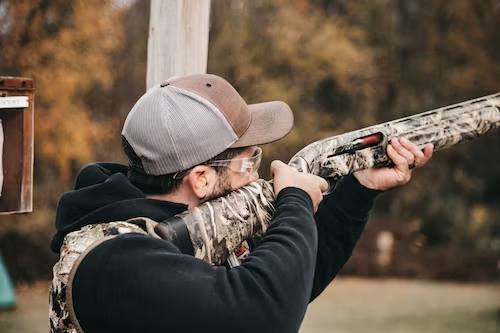The gentle trade winds, the sun-kissed sands, and the rhythmic crash of turquoise waves — there’s something undeniably magical about a beach day in Hawaii. You’ve got your SPF, shades, and surfboard ready, but have you thought about getting a haircut? No, not YouTube-it-at-your-nearest-campsite kind of cut, we’re talking about professional beach-style haircuts that complement the salty island vibe. Here are insights on how to achieve that effortlessly chic beach style when you dream of getting a haircut, right here in the heart of paradise!
Choosing the Right Style
You might be envisioning the classic beach look — windswept and laid back, or maybe something a little edgier, but whatever you decide, ensure it suits your hair type and face shape. Long layers usually work well for most as it gives natural movement and volume, while a lob (long bob), and pixie cuts are great for bolder statements and ease of care. If your hair leans towards the finer side, opt for shorter cuts to create an illusion of thickness, and for those with thicker locks, medium to longer cuts with thinning techniques work a treat.
Preparation Tips Before the Cut
Before stepping into the salon, pamper your mane with some TLC. A week or so prior, indulge in quality hair masks and conditioning treatments to ensure your locks are at their best health. Always remember your hair is your crowning glory and just like your skin, it too needs protection from the Hawaiian sun. Invest in a good quality UV protecting hair product. And we’re pretty sure hair doesn’t drink (unless it’s a strand from Cousin Itt), but you gotta hydrate. Drink plenty of water — your hair (and skin) will thank you.
Finding the Right Stylist
Picking the right person to wield the scissors is crucial. Don’t be shy to ask other beach-goers for recommendations; a fabulous cut will always score points. Online reviews can also point you in the right direction, or simply find a salon that specializes in beach looks. Once you narrow down your picks, a consultation with the stylist is a must. This is your opportunity to discuss what you’re looking for, any challenges your hair might present, and get a feel for the person behind the cut.
Maintaining the Look
The day your new ‘do is fresh from the beach-bound salon, it’s picture-perfect. But how do you maintain that allure once the real beach play begins? Use salt-infused hair sprays to revive the texture and tousle that look back into place. For those with naturally straight hair, a few braids sealed under the Hawaiian sun can help achieve natural waves. And of course, regular trims every 6-8 weeks — as the islanders say, it’s all about the mana, the life-force and essence, and a good trim helps keep it flowing in your tresses.
Summary
With these tips in tow, you’re ready to take Hawaii by beachy storm with the perfect haircut in hand, or rather, on head. Remember, beach haircuts are about embracing the imperfections, going with the flow, and letting your natural beauty shine under the warm tropical sun. Happy beachcombing!
Read our other blog: How Hawaii’s Unique Climate Influences Termite Infestations




